Exploring New York’s Industrial Past in "Cathedrals of Industry"
Join photographer Michael L. Horowitz for a journey through 50 years of photographs!


Winding its way through a dozen neighborhoods across Brooklyn and Queens is a 14-mile freight rail corridor. From above, this forested right-of-way makes the shape of a backwards letter C as it curves from its terminus in Bay Ridge through southeast Brooklyn and up into Jackson Heights, Queens. While proposals to reuse and modernize this quiet section of railway have existed for decades, the idea has recently gained more traction with the backing of Governor Hochul and the January 2022 release of the MTA’s feasibility study for the so-called Interborough Express.
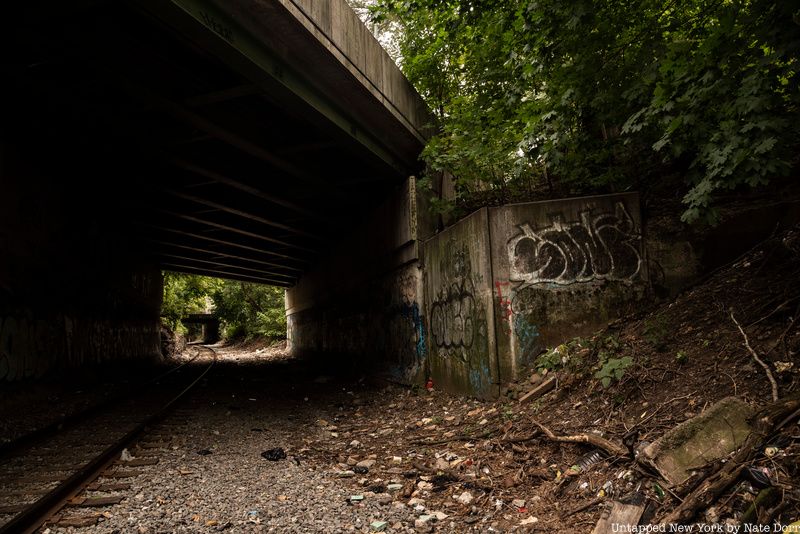
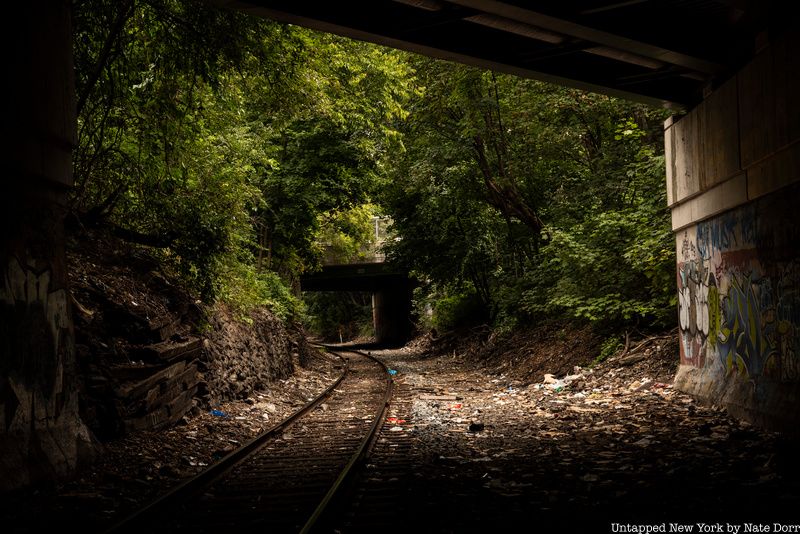
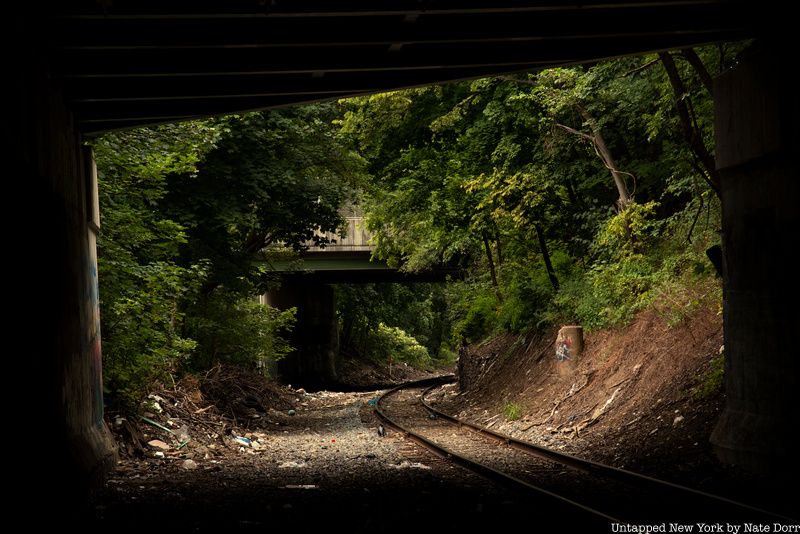
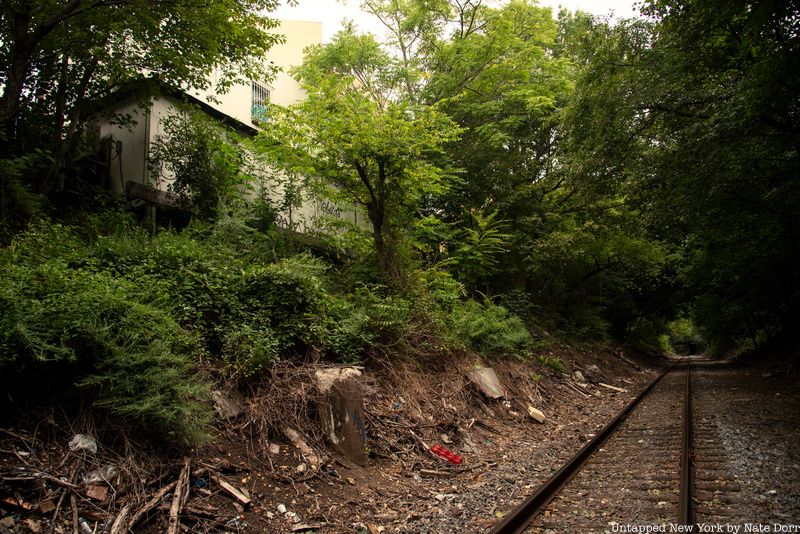
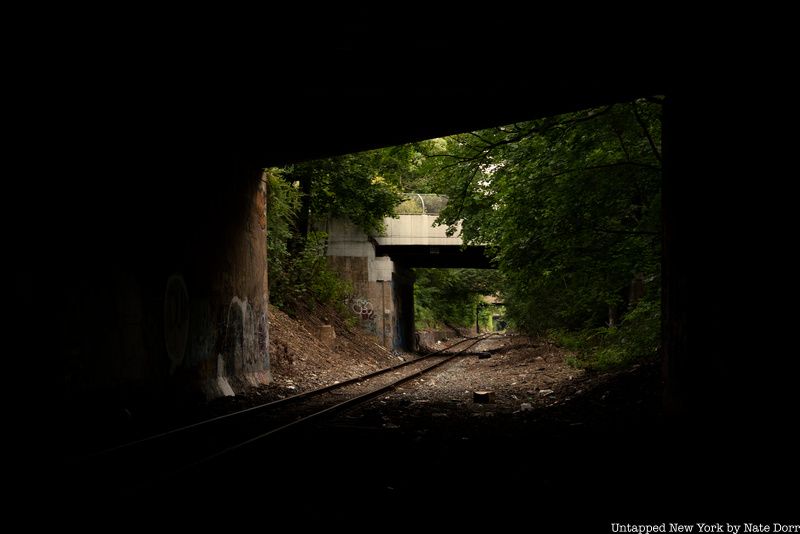
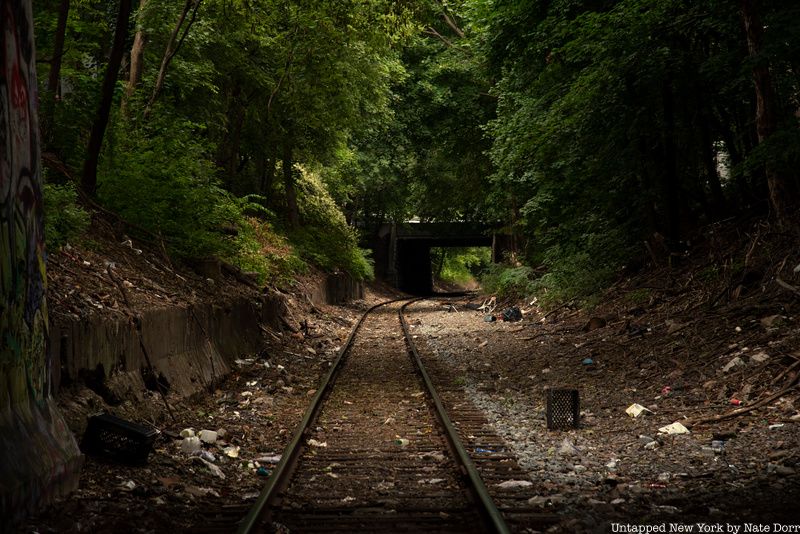
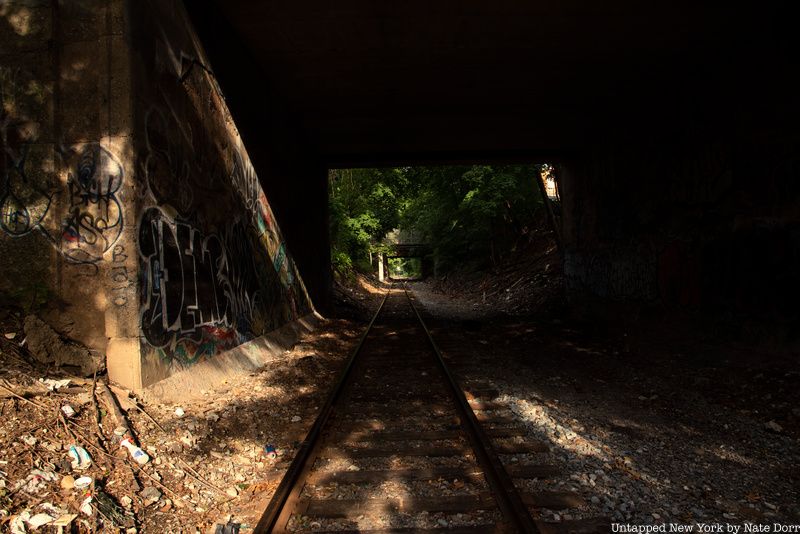
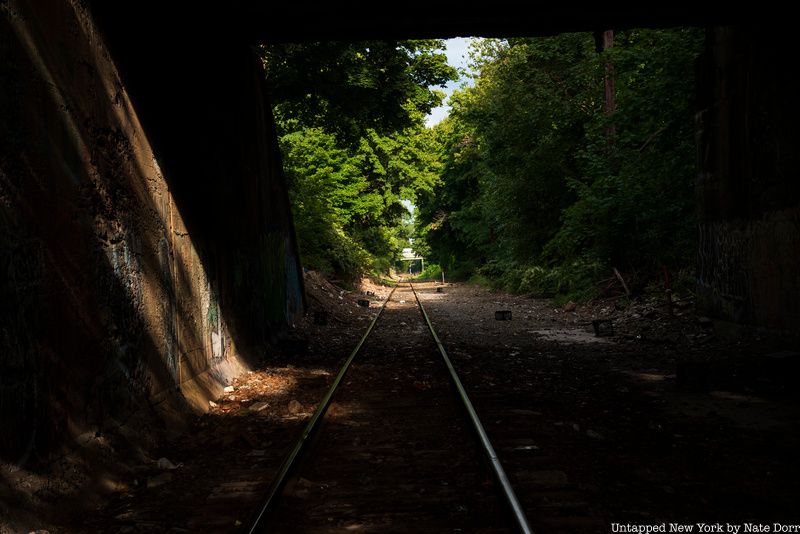
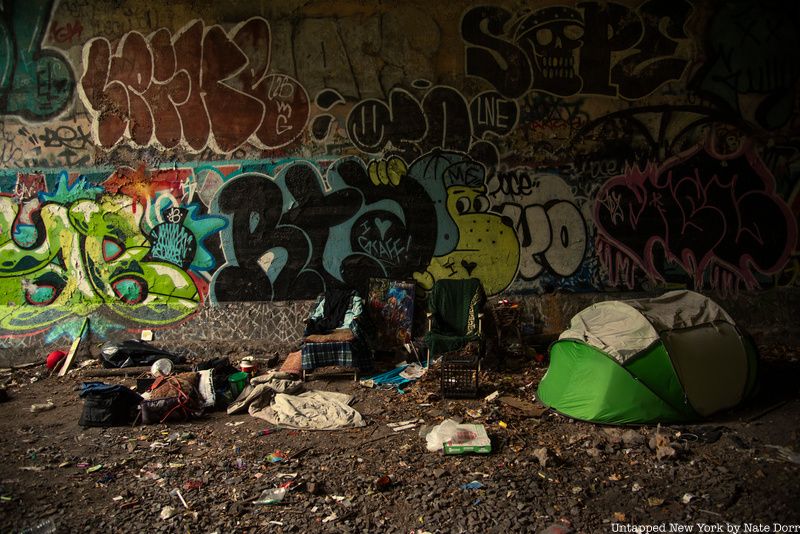
The tracks that are set to become New York’s newest rapid transit link have spent decades in a state of slow decay. Nate Dorr, an award-winning photographer and documentarian, has spent years documenting this semi-abandoned freight rail corridor and has watched the natural and built environments along the tracks change from season to season and year to year. His photos offer a glimpse into the world of New York’s often-overlooked freight lines.
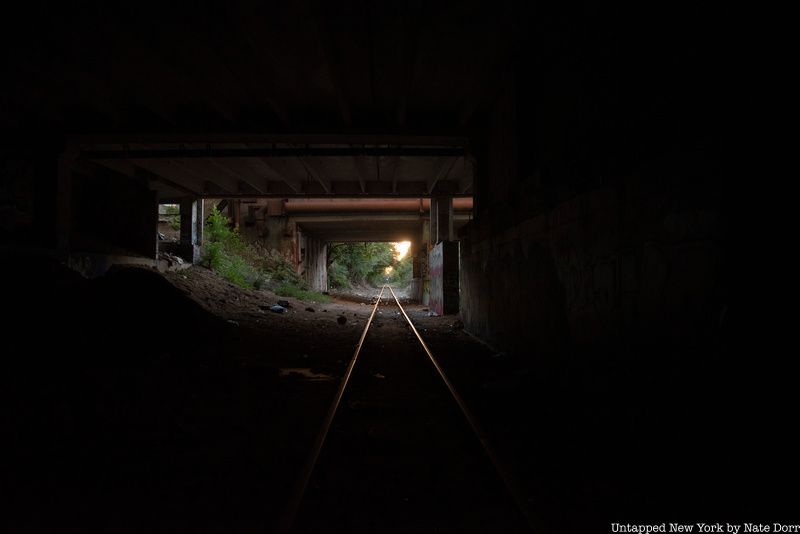
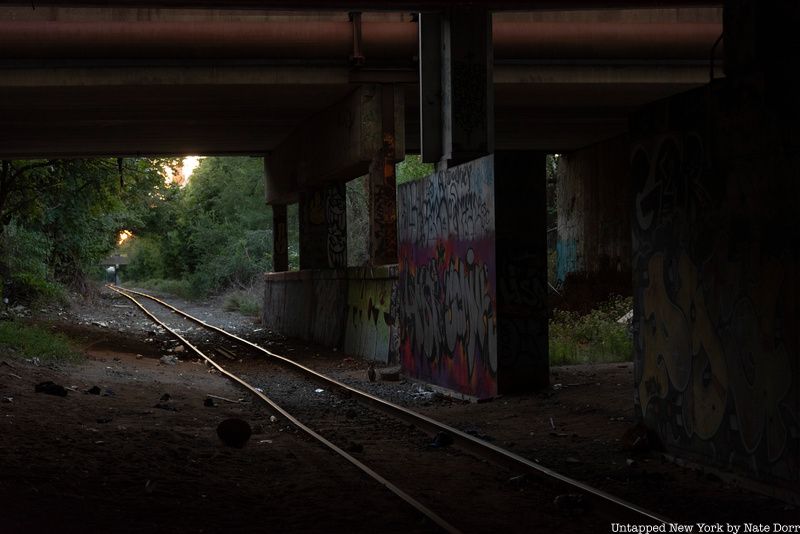
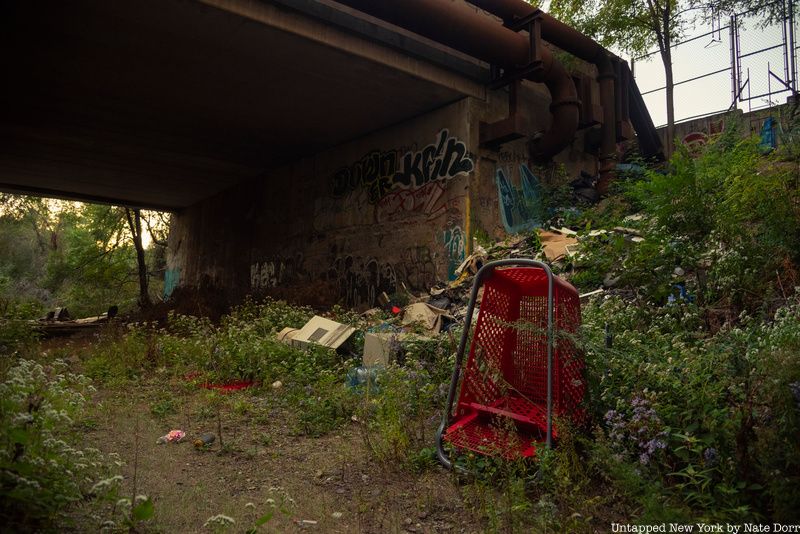
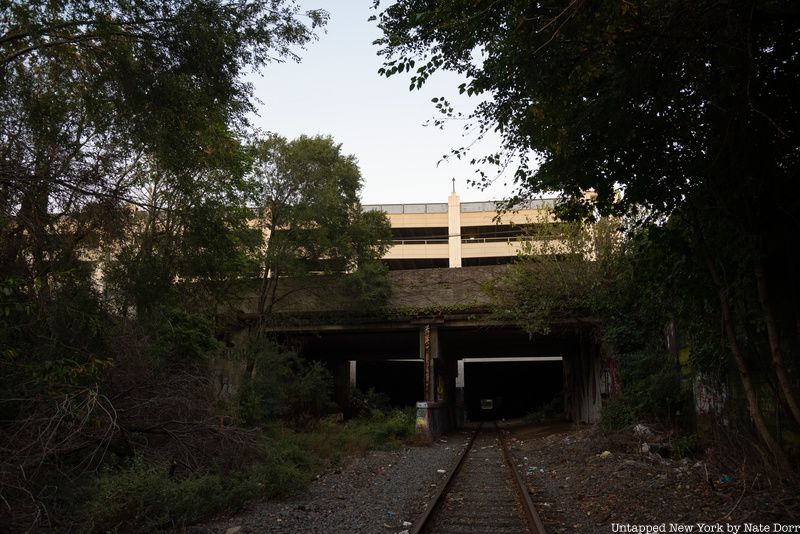
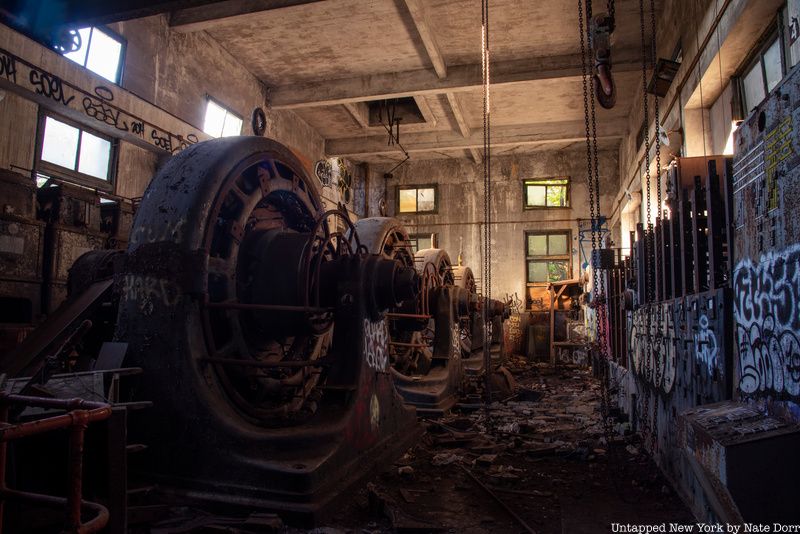
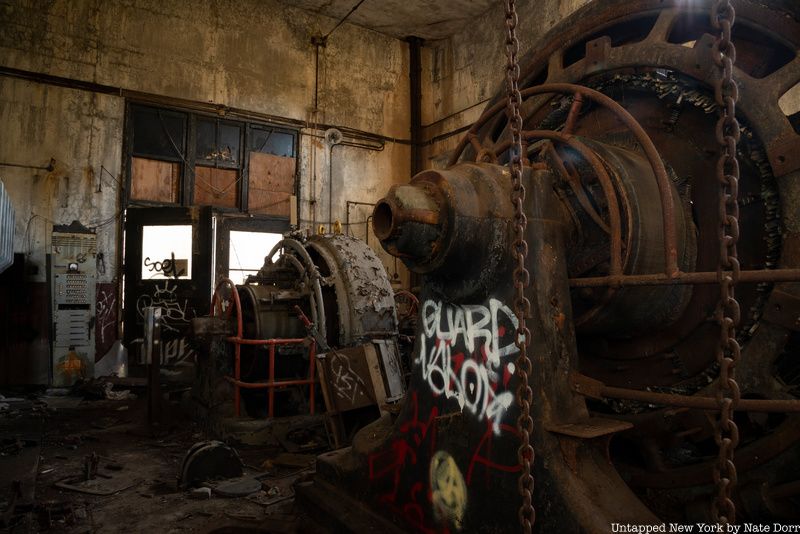
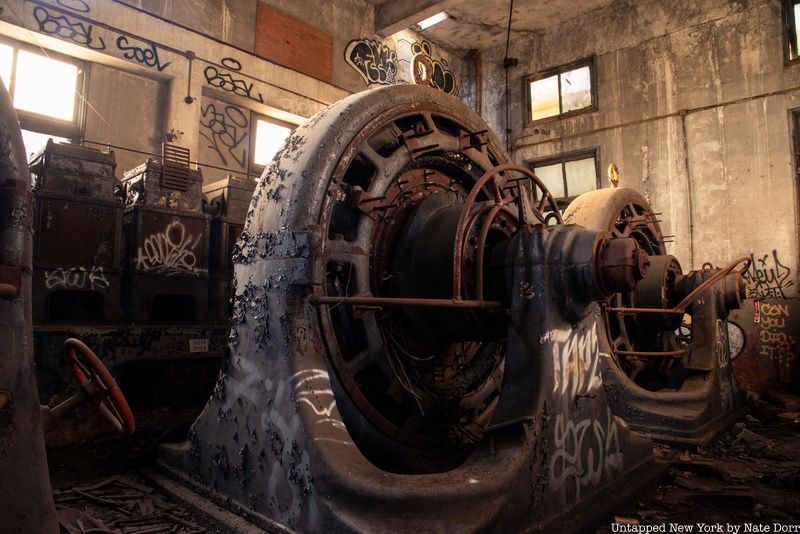
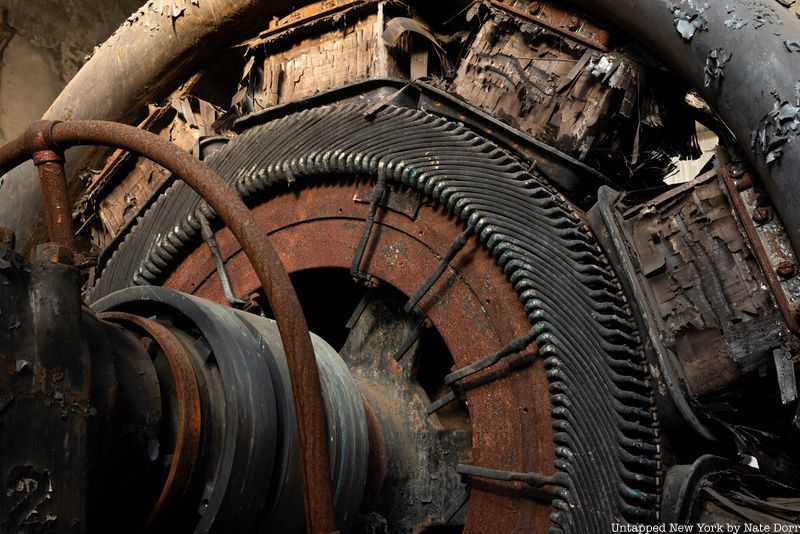
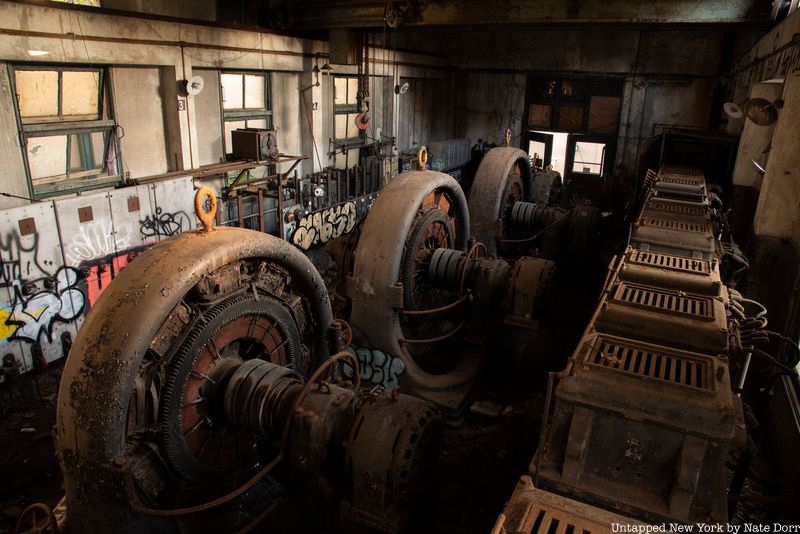
“2006 was the first time I was down there, and back then I was mostly photographing graffiti,” Nate told Untapped New York. During his first visit, Nate walked the tracks from Bay Ridge to Midwood, emerging “somewhere right around the Q line” and then grabbed a slice at the famous Di Fara’s Pizza. In 2019, plans for converting the right-of-way into a passenger rail line resurfaced. The announcement prompted Nate to go back to the rails to document the line before new construction destroyed its serene and dilapidated state. After taking more than 8,000 pictures, Nate produced the film Triboro, which condenses 11 miles of the corridor into a beautifully eerie seven-minute video.
The 14-mile line is currently owned by a mix of the Long Island Rail Road (LIRR), part of the larger MTA, and CSX Transportation, a private freight rail company. Much of it is underutilized, with only one or two trains running per day throughout much of the Brooklyn section. The Interborough Express (IBX) would expand the corridor’s capacity and bring back passenger service, which the line hasn’t seen since 1924. Once completed, the IBX would provide a crucial link between the two outer boroughs, with an estimated 80,000 daily riders.
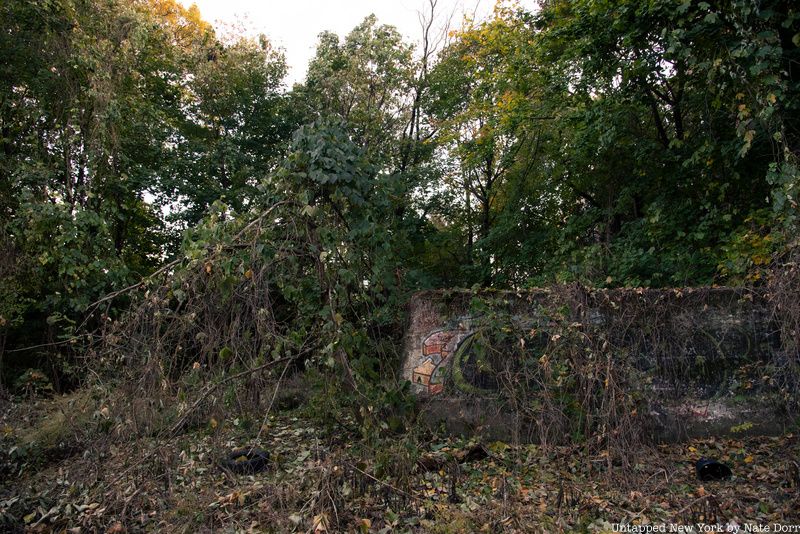
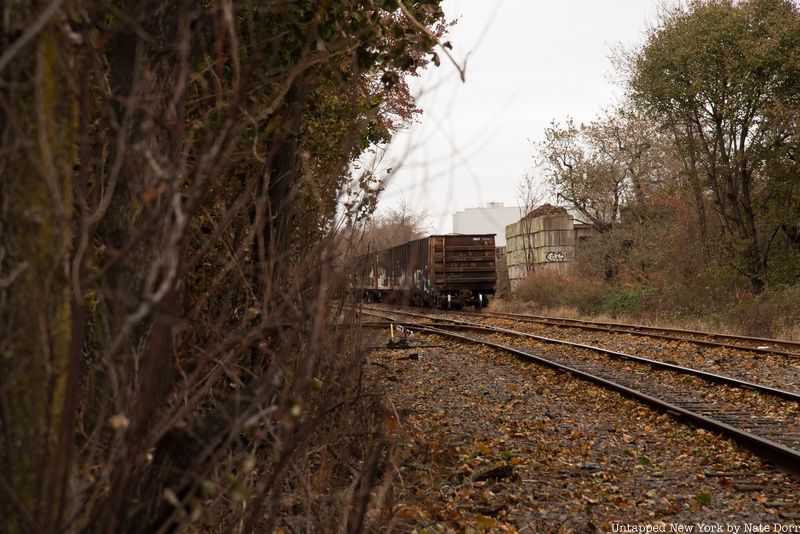
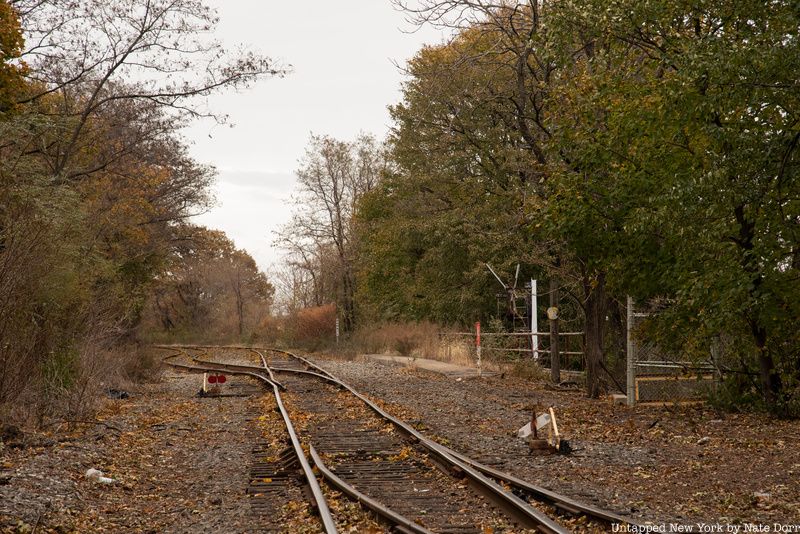
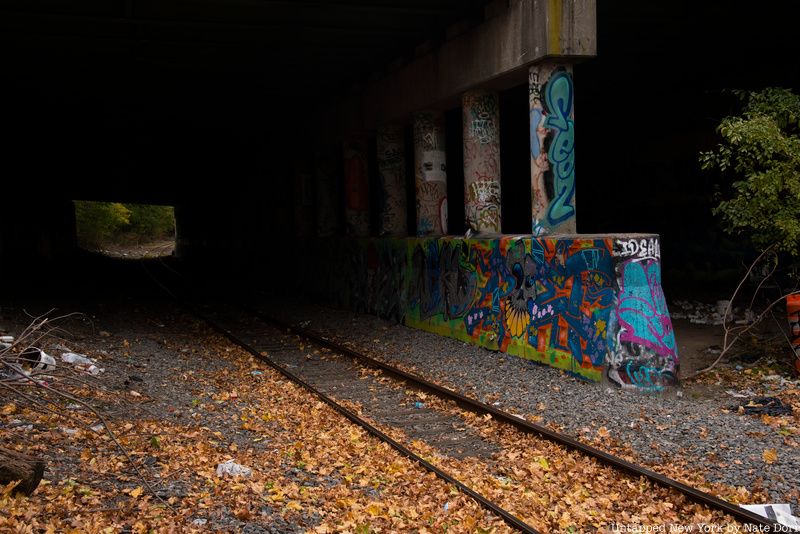
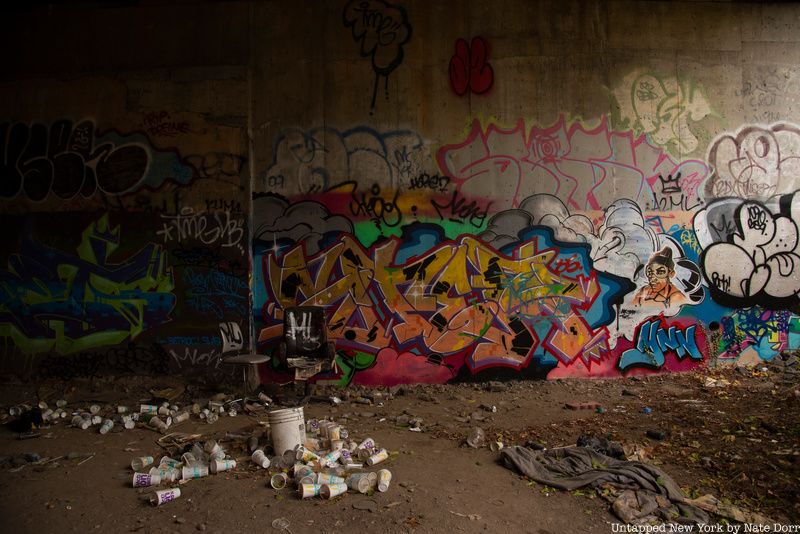
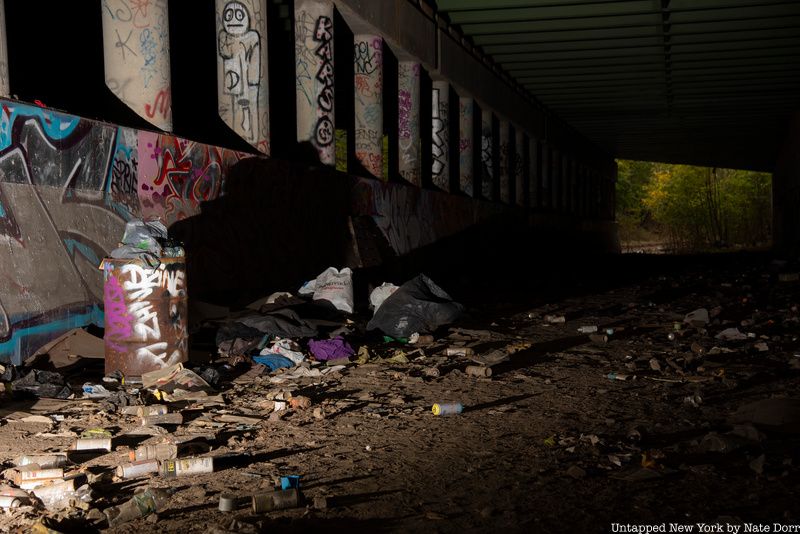
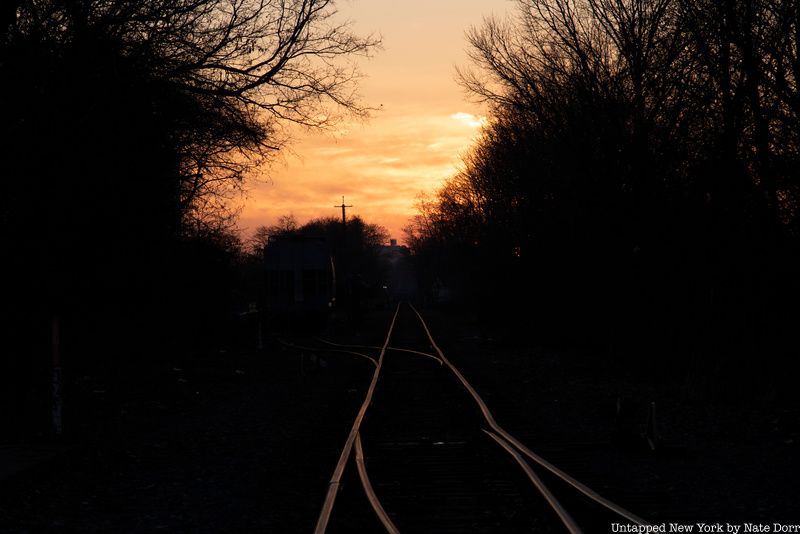
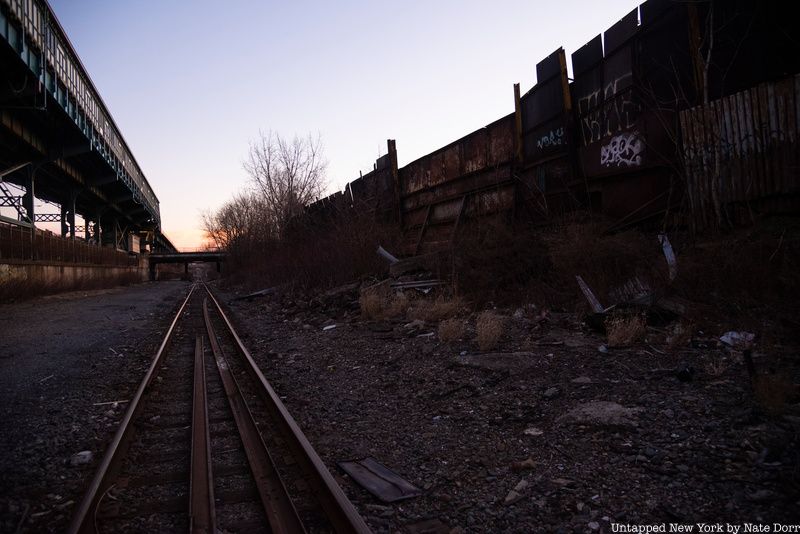
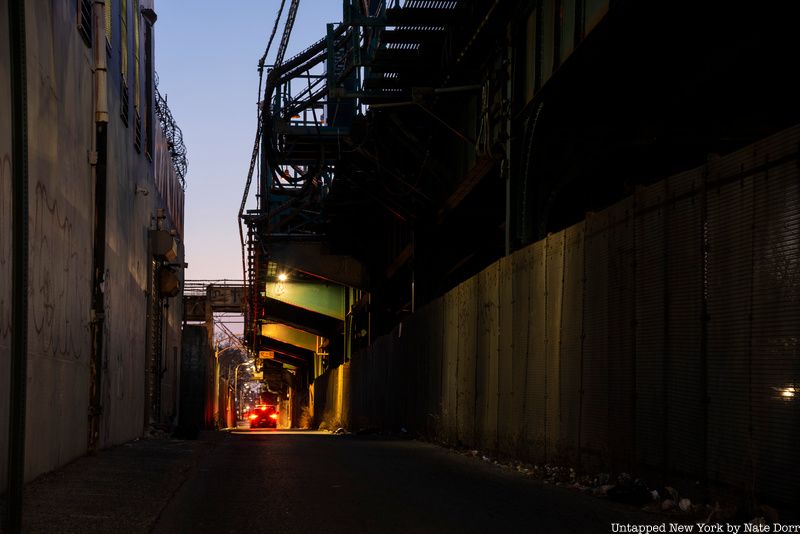
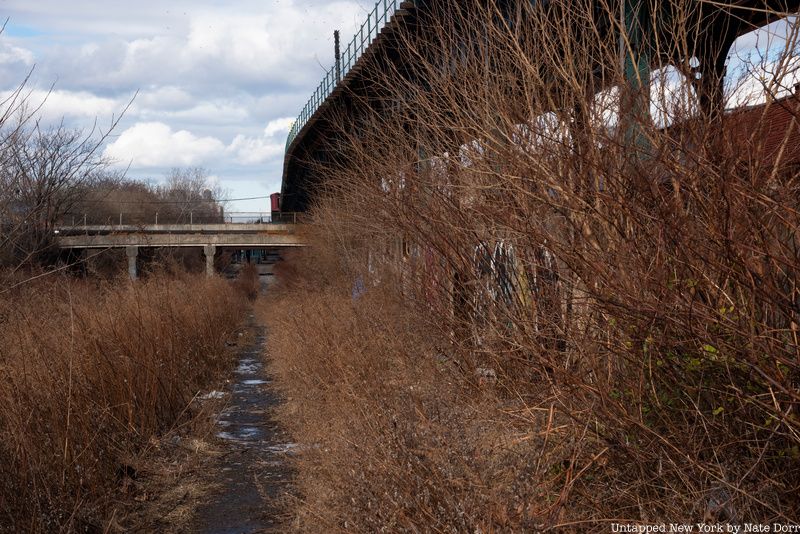
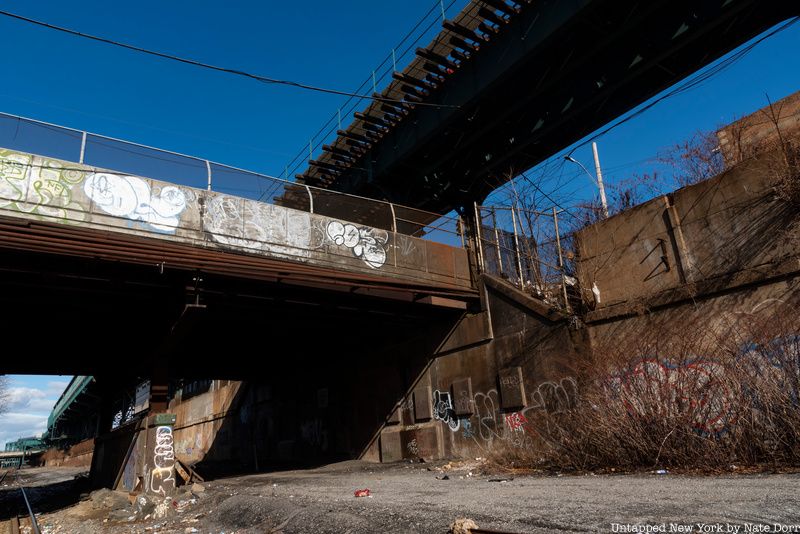
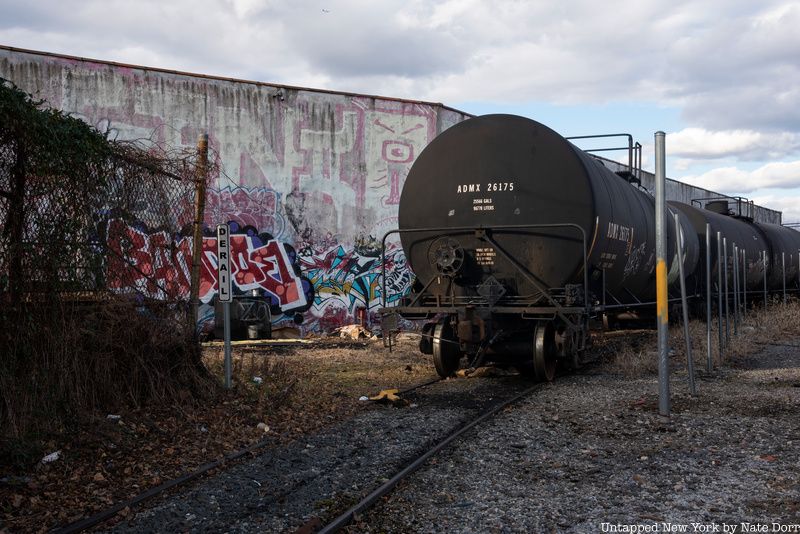
“We have been advocating for this since the ’90s, since our Third Regional Plan” Moses Gates, Vice President for Housing and Neighborhood Planning at the Regional Plan Association (RPA) told Untapped New York. The IBX was an important component of the RPA’s Fourth Regional Plan as well. “We had to demonstrate how [IBX passenger service] could be used with freight, and that that was a possibility, like a lot of other countries do” explained Moses Gates. “We did a lot of travel demand modeling to show that it would be used, that it would be beneficial to people along the line – and also people not along the line because it helps them get to job centers, colleges, or hospitals” Gates said.
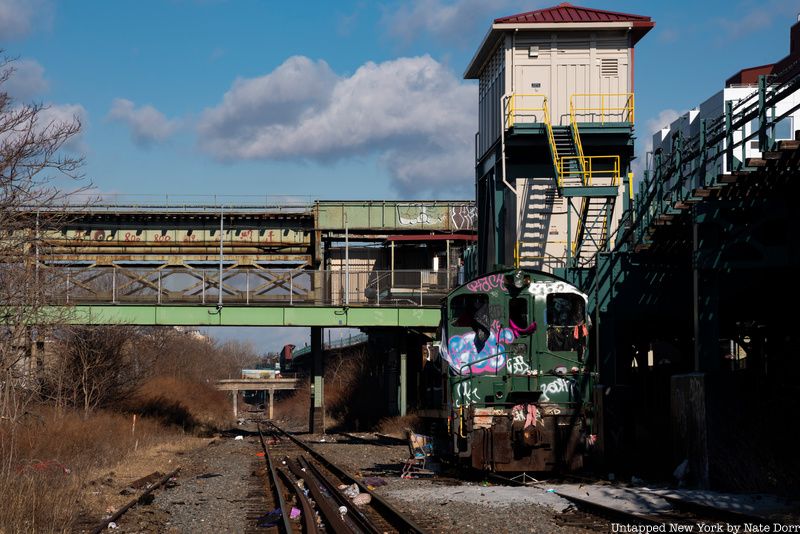
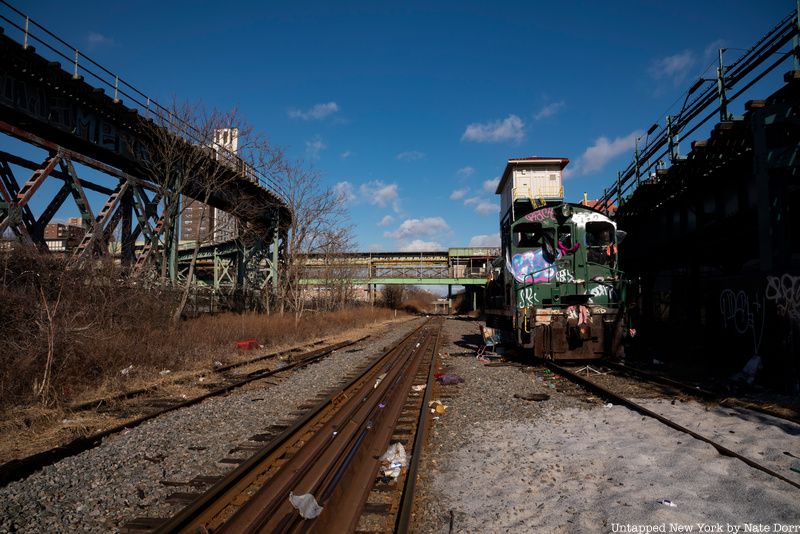
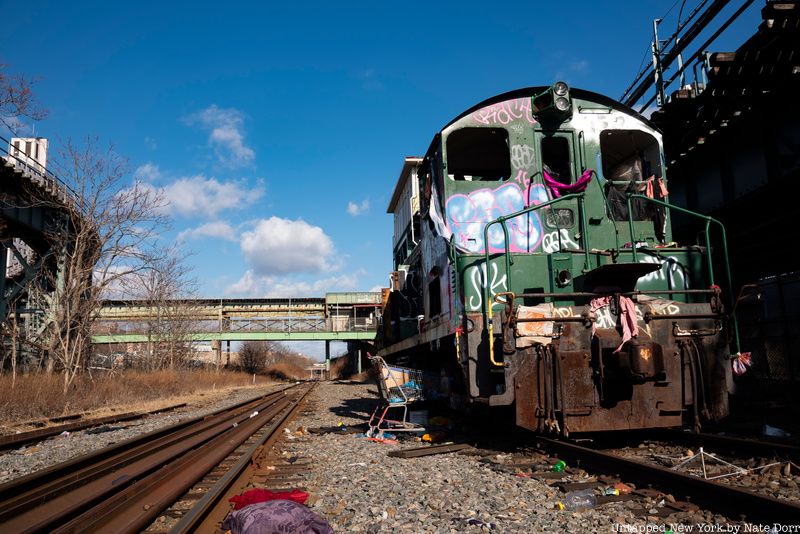
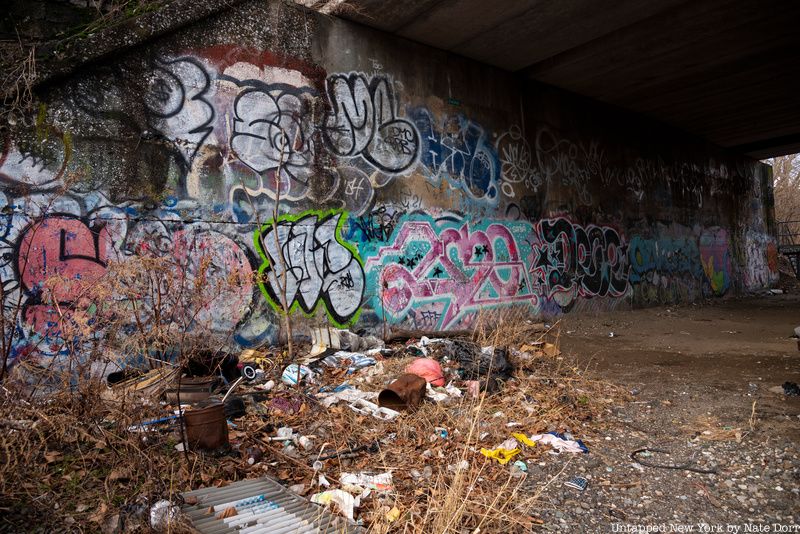
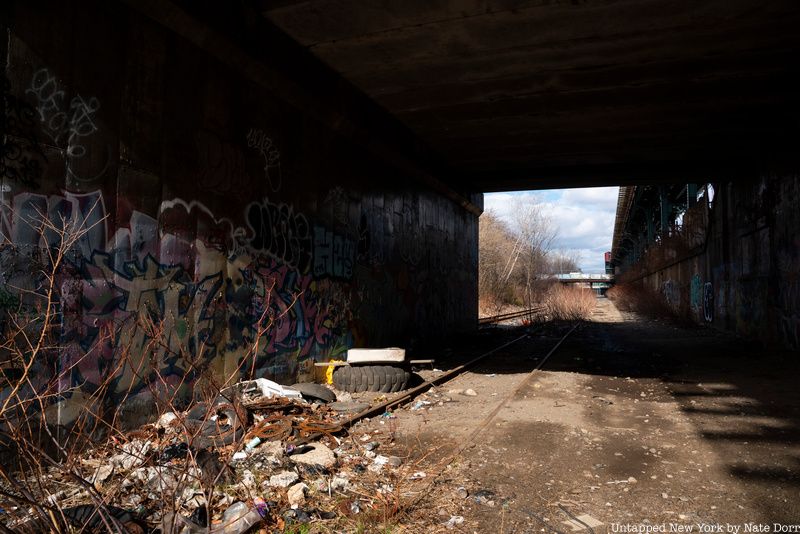
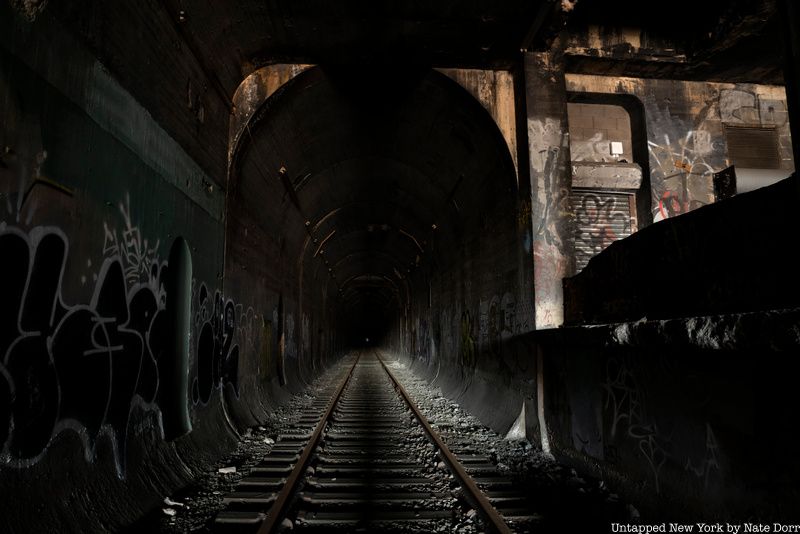
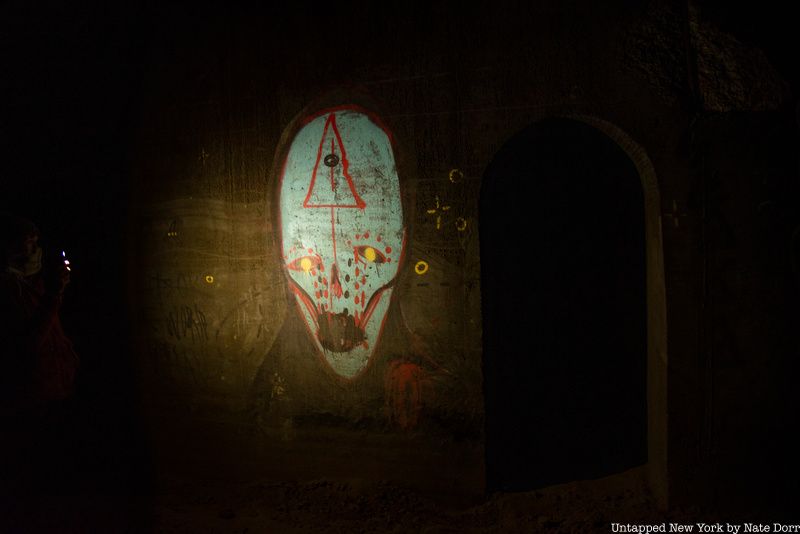
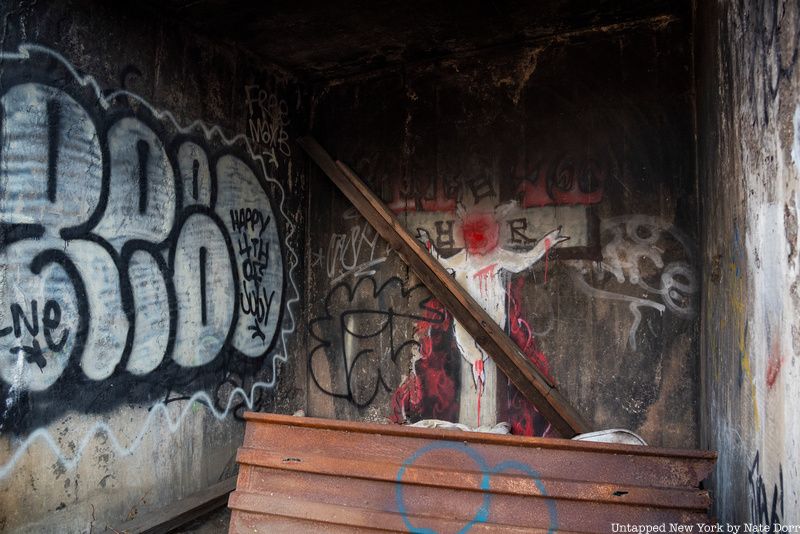
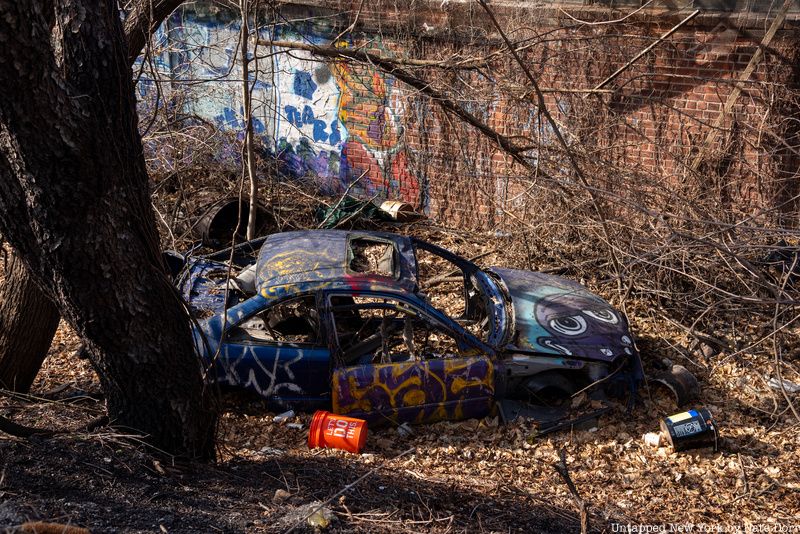
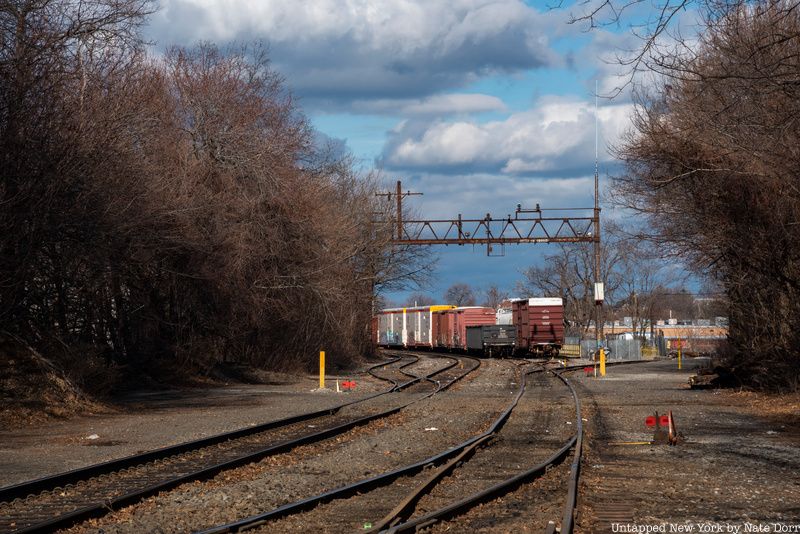

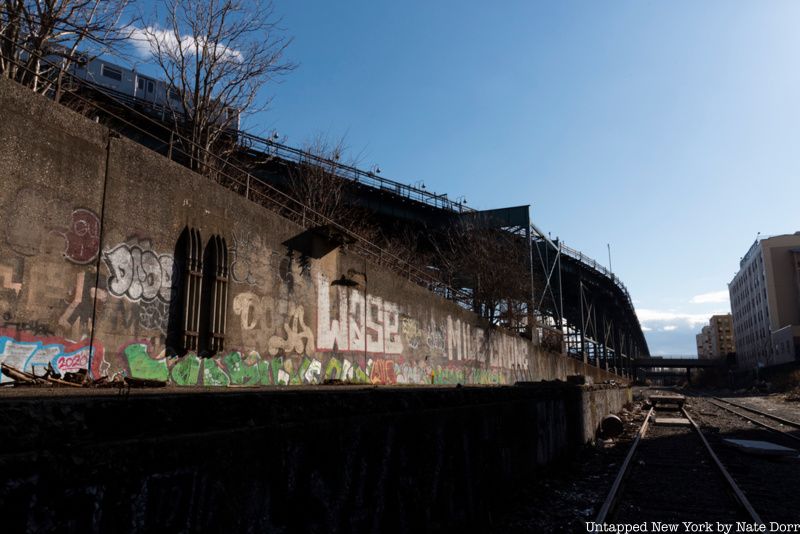
The RPA’s two and a half decades of research and advocacy seem to have paid off. In addition to the MTA’s January 2022 feasibility study and Governor Hochul’s announcement of support, the MTA has recently released an educational video showing what the IBX could look like under a variety of different transit modes. The agency plans to start the environmental review process in late 2022 or early 2023. From there, the MTA will have to work the IBX into its next five-year capital plan beginning in 2025, and then choose a contractor to begin construction. With any luck, New York could have a world-class transit link within the decade.
Next, read about The History of The Long Island Rail Road.
Subscribe to our newsletter